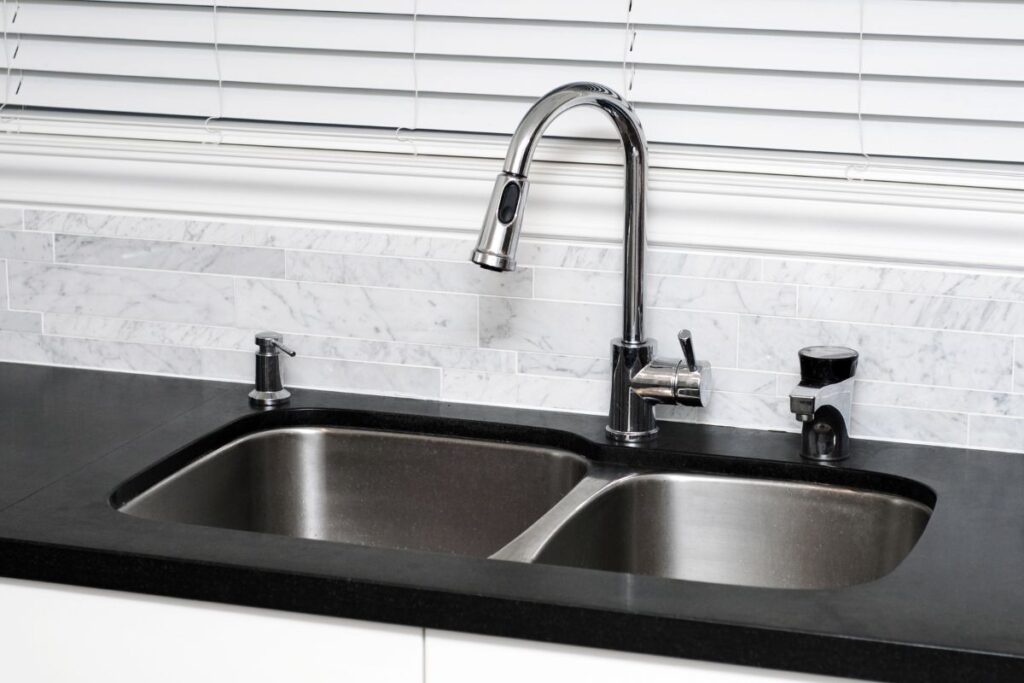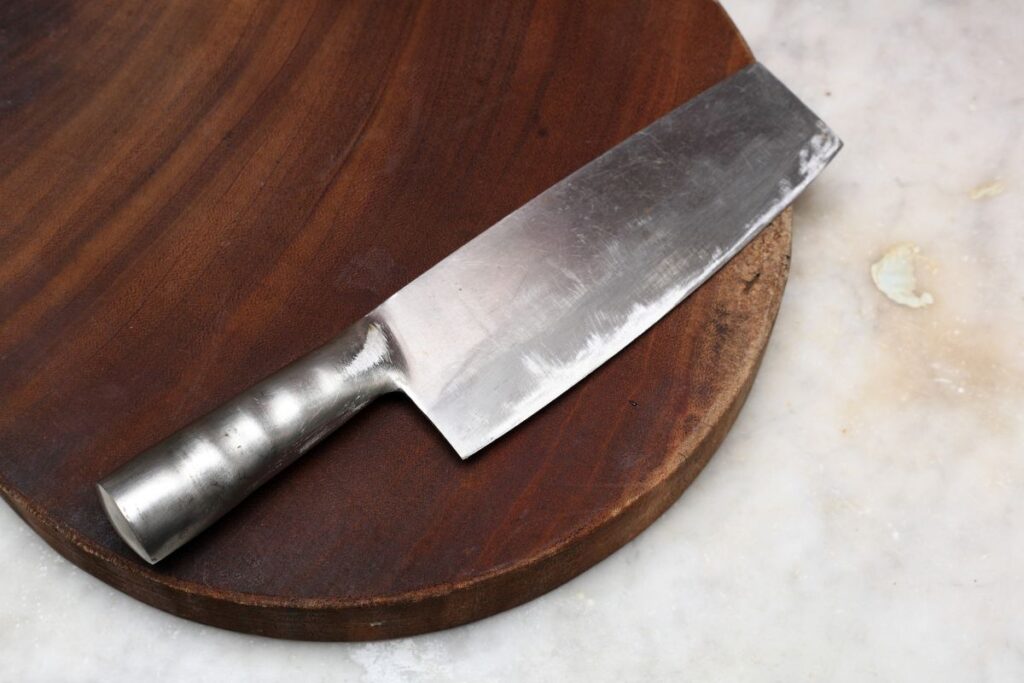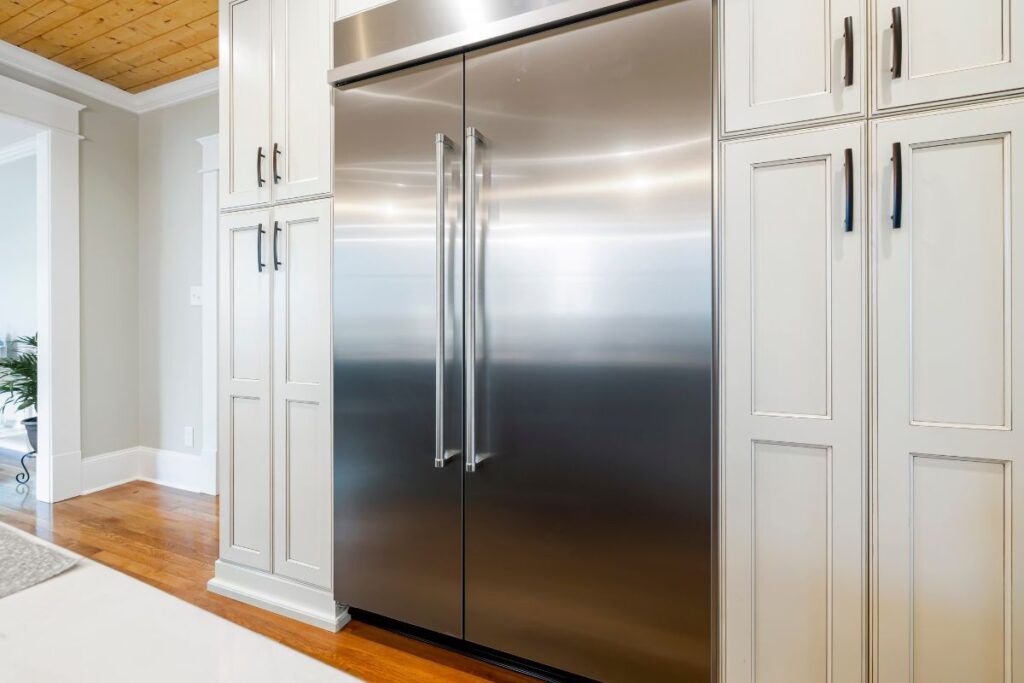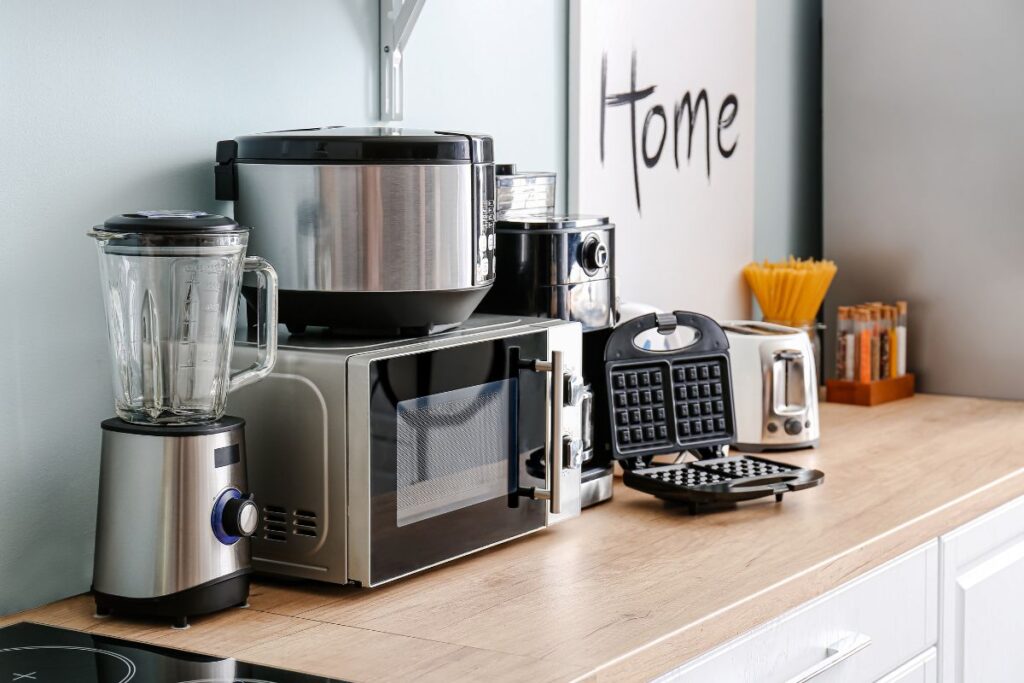
The kitchen is the heart of the home — a place where meals are prepared, family gathers, and memories are made. However, it’s also one of the dirtiest areas in the house. While you may regularly wipe down counters and wash dishes, hidden spots in your kitchen often go unnoticed but can harbor harmful bacteria and germs.
Failing to clean these overlooked areas can cause cross-contamination and illness. Paying attention to these germ hotspots is essential to keeping your kitchen truly clean and safe. And if maintaining a spotless kitchen feels overwhelming, professional help from Los Angeles Cleaning Company can make a difference.
Here are five germ-prone areas in your kitchen that you’re likely forgetting to clean — and how to sanitize them effectively.
The Kitchen Sink and Faucet

Your kitchen sink may look clean, but it’s one of the dirtiest places in your home. Food particles, grease, and moisture create the perfect breeding ground for bacteria, including E. coli and Salmonella. The faucet and handles, which are touched frequently during food preparation, can also accumulate germs.
How to Clean It Properly:
- Scrub the sink basin daily using a disinfectant cleaner or a mixture of baking soda and vinegar.
- Don’t forget to clean the sink strainer and garbage disposal, as they often trap food residue.
- Use disinfectant wipes to clean faucet handles and the spout regularly.
Consider pouring boiling water down the drain to break down grease and kill bacteria for a deeper clean.
Cutting Boards and Knife Blocks

Cutting boards, especially those used for raw meat, poultry, and vegetables, can harbor harmful bacteria if not cleaned properly. Knife blocks are another hidden germ magnet. The slots trap moisture and food particles, making them a prime spot for bacteria and mold to thrive.
How to Disinfect Them:
- Wash cutting boards with hot, soapy water immediately after use.
- Sanitize wooden boards by applying a mixture of vinegar and hydrogen peroxide.
- For plastic boards, place them in the dishwasher for high-temperature sanitization.
- Clean knife blocks by removing all the knives, shaking out debris, and wiping down the slots with a disinfectant.
Consider replacing heavily used cutting boards with deep grooves, as bacteria can hide in the crevices.
Dishcloths, Sponges, and Kitchen Towels
Sponges, dishcloths, and kitchen towels often hold more bacteria than any other surface in your kitchen. These items frequently come into contact with raw food, dirty dishes, and countertops, making them a haven for bacteria.
How to Keep Them Germ-Free:
- Replace sponges every 1-2 weeks or sooner if they start to smell.
- Disinfect sponges by soaking them in vinegar and hot water or microwaving them for 1-2 minutes.
- Wash dishcloths and kitchen towels in hot water with detergent and dry them thoroughly.
- Avoid using the same towel for multiple tasks to prevent cross-contamination.
Since these items come into contact with many surfaces, proper hygiene is key to maintaining a cleaner, safer kitchen.
Refrigerator Shelves and Drawers

The inside of your refrigerator may seem cold and sterile, but it’s another area that often gets overlooked. Spills, expired food, and condensation create an environment where bacteria can grow, especially in the vegetable and meat drawers.
Steps for Effective Cleaning:
- Empty the fridge and remove all shelves and drawers.
- Wash them with hot, soapy water, and rinse thoroughly.
- Use an antibacterial spray to disinfect high-touch areas, such as door handles and shelves.
- Check for expired items and wipe down any sticky residue before placing food back inside.
Pro Tip: Deep cleaning the fridge can be tedious. Opting for professional house cleaning services in LA ensures that these hard-to-reach areas are cleaned and sanitized efficiently.
Small Appliances and Handles

Small kitchen appliances like coffee makers, toasters, and blenders are used frequently but rarely cleaned thoroughly. Handles, buttons, and control panels collect bacteria from constant use, while the inside of appliances can accumulate mold and grime.
How to Keep Them Clean:
- Wipe down the exterior and handles with a disinfectant wipe after each use.
- Clean removable parts in hot, soapy water and allow them to dry completely.
- Descale coffee makers with a vinegar solution to prevent mold and mineral buildup.
- Pay special attention to crevices and hidden areas where food particles can collect.
Regular maintenance of these appliances ensures both cleanliness and longer appliance life.
When to Call in the Pros: Ensuring a Germ-Free Kitchen
While regular cleaning can help keep your kitchen relatively germ-free, deep cleaning requires more effort and expertise. Germs often hide in hard-to-reach places that regular cleaning overlooks. That’s where professional help can be a game-changer.
Los Angeles Cleaning Company offers a wide range of services, including kitchen deep cleaning, ensuring that all those hidden germ hotspots are properly sanitized. Their cleaning services in Los Angeles are designed to provide a deeper level of cleaning, keeping your home safe and spotless.
Don’t Let Hidden Germs Linger
Even the cleanest kitchens can harbor germs in unexpected places. Sinks, cutting boards, dishcloths, refrigerators, and small appliances are all hotspots that require extra attention. Regularly disinfecting these areas can protect your family from harmful bacteria.
However, for a more thorough and professional cleaning, turning to experts like Los Angeles Cleaning Company is the best way to ensure your kitchen remains germ-free. Their house cleaning services in LA are tailored to handle deep cleaning and sanitization, providing peace of mind for busy households.
A cleaner kitchen means a healthier home — so don’t wait to tackle those hidden germ hotspots today!

